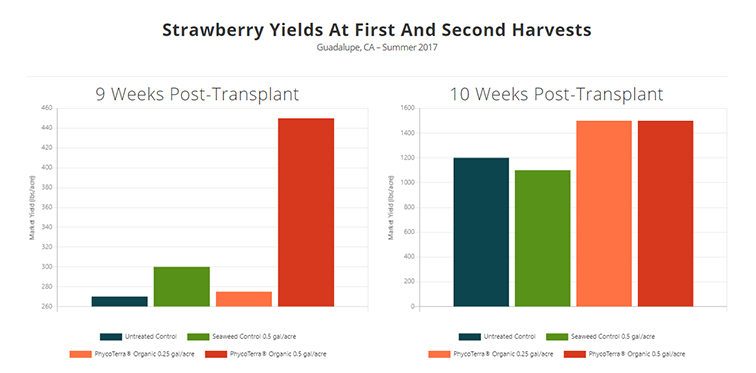Top Spot in Citrus Production Worth the Fight

What?? During the 2016-2017 season, California outpaced Florida in overall citrus production. This hasn’t happened in 70 years.
There’s no shame in losing, right? Meh. Let’s face it, second place is for suckers. No matter the context, owning the top spot rocks — especially within your competitive set. The Florida citrus industry can certainly relate. Seemingly forever, the state’s growers, packers, and marketers have enjoyed the view from the top floor when it comes to domestic production prowess of the world’s finest fruit. That is … until now. For the first time in 70 years, California has officially surpassed the Sunshine State in citrus production. Yep, you read that correctly. According to USDA stats, California farmers sold nearly 4 million tons of citrus in the 2016-2017 campaign, compared to 3.5 million tons from Florida. OUCH!!
So what are California growers doing to pump out more fruit? Well, they’re not actually. In fact, they produced 14% fewer fresh oranges this past season.
Given the tally was made before the impact of Hurricane Irma was taken into account, the picture should be quite clear in how much cumulative impact HLB has taken on Florida’s signature crop. The post-Irma season comparisons certainly won’t be any prettier.
Proactive and Reactive Approaches
Thus far, commercial citrus growers in California have been lucky when it comes to avoiding HLB intrusion in their groves. But knowing what’s been lurking, University of California (UC) researchers and breeders have been working hard to keep it that way. They’re on a mission to develop HLB-resistant rootstocks, and are even looking into whether they can transform the psyllid to prevent its ability to spread HLB.
UC Davis Plant Pathologist Bryce Falk is leading a project to find and engineer viruses that can induce traits in the disease’s vector that prevent it from transmitting the bacterium.
This kind of work is nothing new to UF/IFAS and USDA Hort Lab scientists who have been blazing HLB-management trails for more than a decade directly from the impact zone.
During the recent 100th anniversary open house held at the Citrus Research and Education Center in Lake Alfred, FL, attendees had a chance to tour experimental orange groves where something more than just fruit is growing. Hope is taking root. Since 2013, Tropicana and the CREC have teamed up to test promising new UF/IFAS-bred varieties for HLB tolerance and better-tasting juice.
According to UF/IFAS Professor Jude Grosser, there is reason to be optimistic that the tide can turn. “This trial is providing strong evidence that the combination of improved scion genetics, improved rootstock genetics, and optimized nutrition programs is the ticket for the immediate future.”
A Worthy Cause
The amount of money and time that have gone into saving citrus in recent years is hard to fathom. But restoring an industry to its rightful place while facing a relentless foe (not counting major hurricanes) is taxing.
Is the top spot in citrus worth fighting for? Knowing what’s at stake for our signature crop and those that grow it, the answer is … absolutely.









